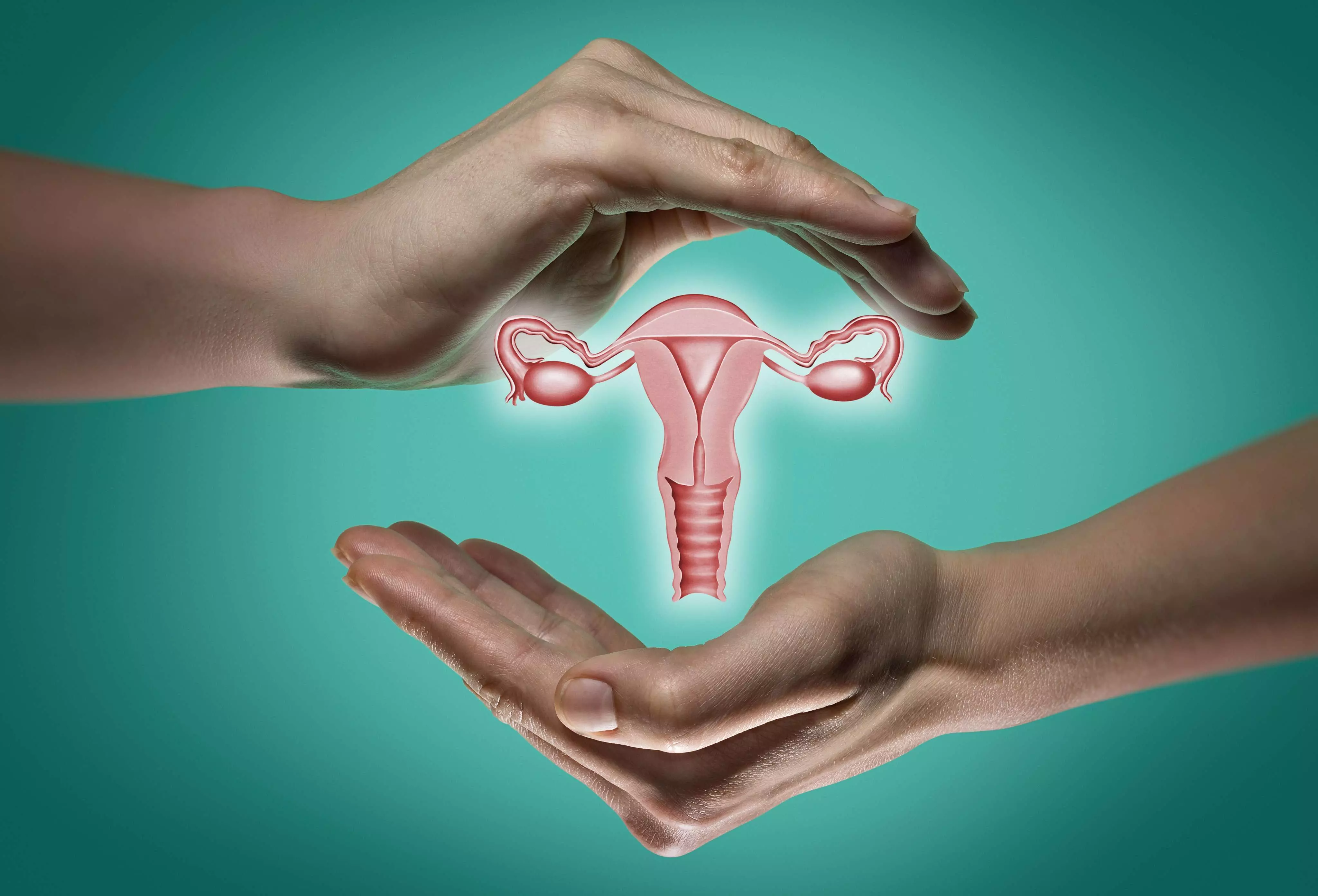Preventable chaos

Nearly a month after the world observed the second Cervical Cancer Elimination Day of Action on November 17, 'The Lancet Global Health' journal, on Tuesday, reported the occurrence of more than 6,00,000 new cases and 3,40,000 deaths in 2020, globally. India alone reported 1,23,907 new cases of cervical cancer and 77,348 deaths. Cervical cancer is a global threat but affects socio economically backward countries more profoundly. The same applies to intra-country variations. Globally, the South-East Asian region accounts for 32 per cent of the overall caseload and 34 per cent of overall mortalities. On the contrary, many high-income countries in the western part of the world have registered a significant decline over the years. However, the prevalence of cervical cancer is not just a function of income but is also incumbent upon the degree of priority a particular nation accords to it. The fact that high-income countries have managed to bring things under control, can be attributed to vaccination of girls against Human Papillomavirus (HPV), screening and treatment of pre-cancer lesions, and improved access to diagnosis and treatment of invasive cancers. The World Health Organisation (WHO) reported last month that five member states from South-East Asia – Bhutan, Maldives, Myanmar, Sri Lanka and Thailand – have introduced nation-wide HPV vaccination drives. India, Bangladesh and Timor-Leste were expected to join the club. It won't at all be wrong to say that an advancing country like India is unnecessarily bearing the burden of disproportionate incidence and mortality related to cervical cancer. Not only is the disease preventable and treatable, but also the methods used for prevention and treatment are cost-effective. Against this background, it is difficult to imagine how hundreds of girls and women can be allowed to die every day. In 2018-19, nearly 200 females died of cervical cancer in India on a daily basis. Though the situation has improved over the past couple of years, a lot more needs to be done. The Serum Institute of India (SII) has prepared a Human Papillomavirus Vaccine (HPV) — Ceravac — to be used for prevention against cervical cancer. The vaccine is reported to have received the DCGI's approval and has been cleared by the National Technical Advisory Group on Immunisation (NTAGI) for use in the public health programme. The vaccine is likely to be rolled out next year in April at an affordable price of Rs 200-400. The price is almost one-tenth of that of similar foreign vaccines available in the market. The rollout of Ceravac has great significance for India, as the country remains a non-starter when it comes to public immunisation programmes against cervical cancer. India is a country with paramount socio-economic inequality. The low price of the vaccine will ensure cross-sectional parity throughout the country. The vaccination drive, meant probably for girls aged 9-14, could be a preventive measure deployed before they become sexually active. However, there may be many women who are already grappling with the disease. Apart from widespread immunisation programme, the Indian government should also endeavour to foster the existing screening system which remains below par. India lags far behind the global standards, and the new vaccine can help it to catch up on this front. In 2020, the WHO had envisaged a 90-70-90 target, to be achieved by the end of the decade. Under the target, the aim is to ensure that 90 per cent of girls are fully vaccinated with HPV vaccine; that 70 per cent of women are screened using a high-performance test by 35 years of age, and again by 45 years of age; that 90 per cent of women identified with cervical disease or precancer are treated; and that 90 per cent of women with invasive cancer are effectively managed. The Lancet study is a crucial reminder that an increasingly developing country like India, which has made its presence felt globally, cannot afford to allow its female population to suffer and die at a large scale when solutions are already available.



